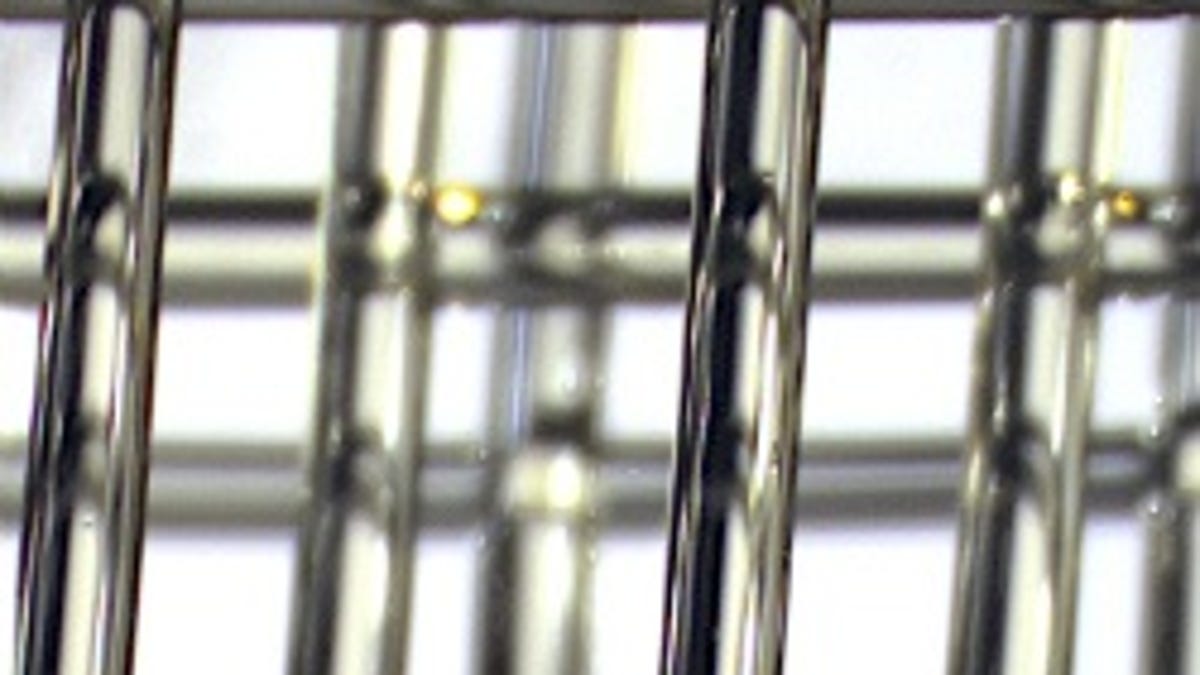Researchers a step closer to 'printing' new blood vessels
Bioengineers jump a major hurdle by building 3D printed templates of filament networks to create vasculature. They say the trick is sugar.

Vascular systems -- i.e., networks of blood vessels -- are like highways for the delivery of nutrients and removal of waste; without them, cells die quickly. The ability to bioengineer new vasculature is a crucial step toward creating new replacement organs such as livers or kidneys from a patient's own cells.
Bioengineers are already working on creating and assembling single layers of cells that have direct access to nutrients and oxygen -- a process known as "bioprinting." But creating a full-fledged array of new vessels remains a major hurdle. Fluidic pressure coursing through these tiny systems can push apart their structural seams, and many cell types can't withstand the sheer force of 3D bioprinting.
So researchers at the University of Pennsylvania decided to try a little reverse engineering. Instead of printing and layering lots of tissue and leaving hollow channels to serve as the tissue's vasculature, they designed 3D filament networks inside a mold shaped like a vasculature system. The mold and template simply had to be removed once the cells formed a solid tissue around them.
"Sometimes the simplest solutions come from going back to basics," postdoctoral fellow Jordan Miller said in a school news release. "I got the first hint at this solution when I visited a Body Worlds exhibit, where you can see plastic casts of free-standing, whole organ vasculature."
Writing this week in the journal Nature Materials, Miller and his team explain that sugar turned out to be the ideal building material for the networks because it is rigid, compatible with a 3D printer, and dissolves in water without toxic effects on cells.
Using a combination of sucrose, glucose, and dextran for structural reinforcement, the researchers turned to the open-source 3D printer RepRap. By coating the templates in a degradable corn-based polymer, the sugar template can dissolve and flow out of the gel through the channels they create. When the sugar has fully dissolved, the researchers can start flowing nutrients through the vascular architecture.
The bioengineers say this approach should be a scalable solution for many types of cells and tissues because the architecture of organ vasculature is consistent. Think liver transplants built from one's own cells.
And the templates have the added benefit of being highly stable as well.
"Cell biologists like the idea of 3D printing to make vascularized tissues in principle, but they would need to have an expert in house and highly specialized equipment to even attempt it," Miller said. "That's no longer the case; we've made these sugar-based vascular templates stable enough to ship to labs around the world."
For now, Miller is teaching a summer class on building and using these types of printers, but he wants to keep playing around with the design. "We want to redesign the printer from scratch and focus it entirely on cell biology, tissue engineering and regenerative medicine applications," he said.

